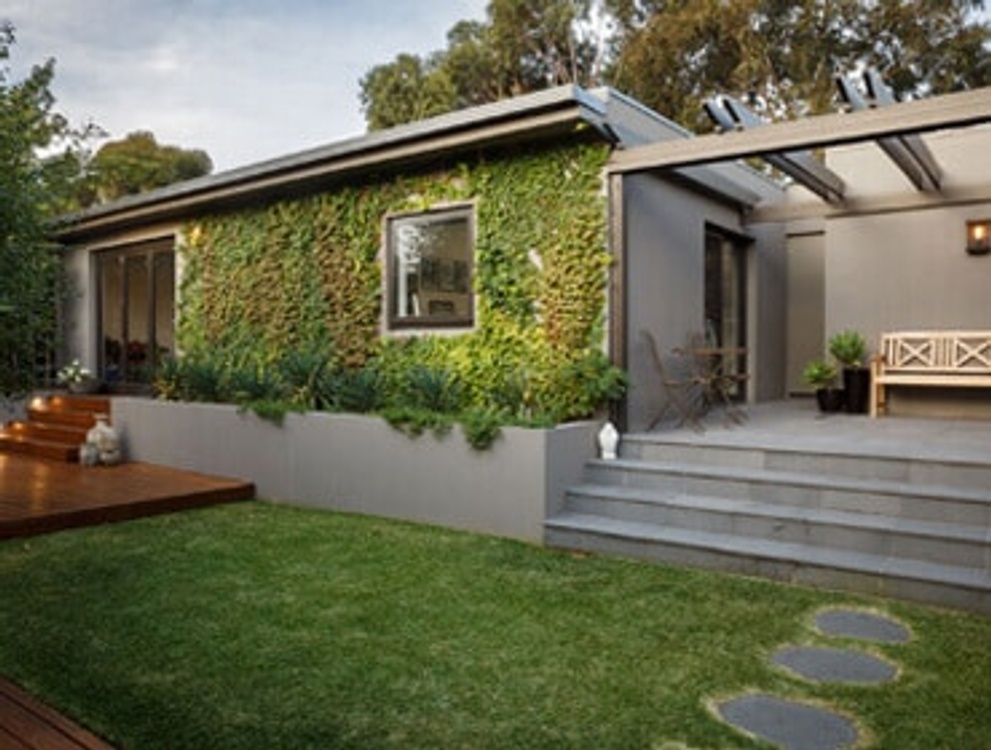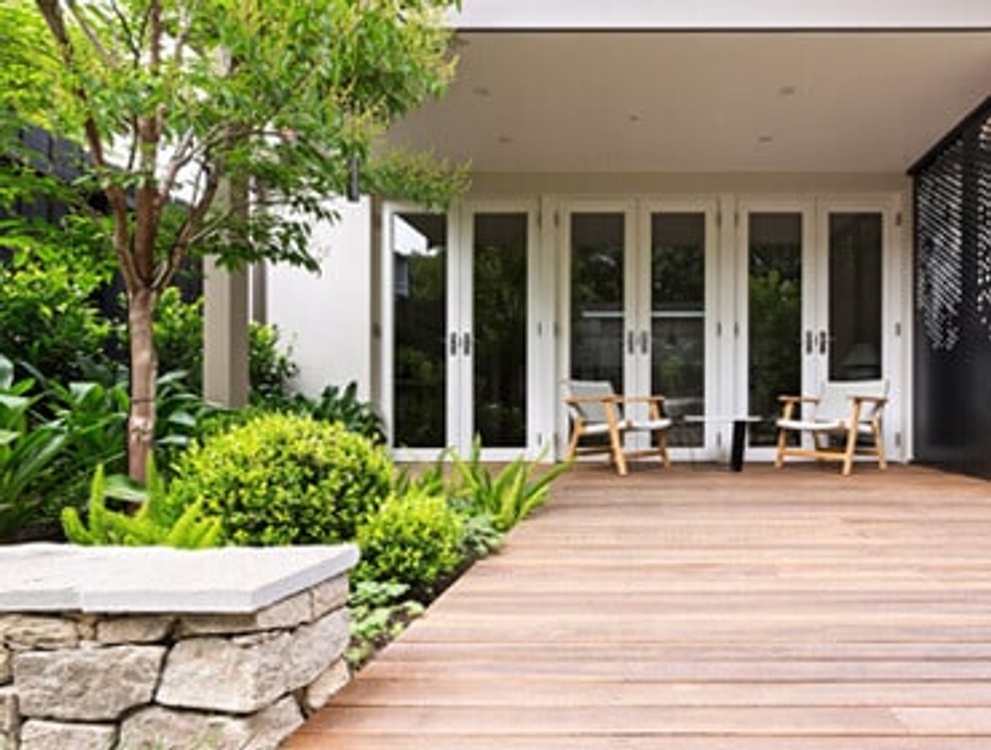It's the perfect time to get outside and enjoy your backyard or patio. Whether you're hosting a barbecue, relaxing with a book, or enjoying the sunshine, your outdoor space should be an extension of your home that you can enjoy all season long.
But if your outdoor space requires a little TLC, don't worry! You can quickly transform your yard into a stunning oasis with little effort.
Not sure where to start? Check out these nine landscaping basics for a beautiful outdoor space.
1. Get Professional Help
Don't be afraid to ask for help when planning your landscaping project! Many professional landscape designers and contractors would be more than happy to help you create the outdoor space of your dreams.
While it may cost a bit of money to hire someone, it's worth it in the end because you'll end up with a beautiful yard that you'll enjoy for years to come.
If you're looking for a garden professional check out https://gardeningsydney.com.au/ and similar experts that can help you.

2. Start With A Plan
Another step to a successful landscaping project is to create a plan. Sit down and sketch out what you'd like your finished product to look like. It doesn't have to be anything fancy—simple sketches will do the trick.
Once you’ve decided what you want, you can begin sourcing materials and developing a budget. Trying to tackle a landscaping project without a plan will likely result in frustration and wasted time and money.
3. Know Your Soil
Not all soil is created equal. The type of plants that will thrive in your yard depends on the composition of your soil. Sandy soil, for example, drains quickly and doesn't retain moisture well, while clay soil is dense and holds onto water.
If you're not sure what type of soil you have, take a sample to your local nursery or garden centre, and they'll be able to help you out. Once you know what soil you have, you can select well-suited plants for growing in those conditions.
4. Consider Your Climate
When selecting plants for your landscaping project, it's important to consider your climate zone. Different plants thrive in different climates. For example, tropical plants won't survive a cold winter climate. Choosing plants native to your area will ensure that they can withstand the local weather conditions and will require less maintenance on your part.

5. Incorporate Different Textures
One way to add interest to your landscaping is by incorporating different textures into your design. Plants come in all sorts of shapes and sizes, so don't be afraid to mix things up!
Incorporating evergreen and deciduous plants into your design will give you year-round interest, while adding some tall grasses or ferns can add height and contrast.
6. Go With Colour
Don't be afraid to experiment with colour when planning your landscaping design! Adding some brightly-coloured flowers or foliage can make your outdoor space pop. Just be sure not to go overboard because too much colour can be overwhelming. Instead, stick to one or two colours and use them throughout your design for a cohesive look.
7. Think Beyond The Lawn
A lawn may be traditional, but it isn't required for a beautiful backyard! Ditching the lawn altogether can actually save you time and money in the long run since you won't have to spend as much time (and money) mowing and watering it every week during the summer months. Instead, opt for groundcovers, mulch, or even better yet, artificial turf! Artificial turf looks great year-round without the hassles of maintaining a real lawn.
8. Add Some Accessories And Lights
No outdoor space is complete without some finishing touches! Adding some patio furniture or garden decor can help bring your space together and turn it into an inviting oasis you'll love spending time in all season long.
Adding some lighting to your landscaping can help extend your outdoor space's use into the evening hours. Path lights are a great way to add some extra light without being too intrusive, while string lights can give your space a fun and festive feel.
9. Consider Your Maintenance Needs
Before you start landscaping, it's crucial to consider how much time and effort you're willing to put into maintaining your new outdoor space. If you're not looking to spend every weekend working in the yard, opt for low-maintenance plants that don't require a lot of watering and pruning. If you love spending time outdoors puttering around in the garden, you can choose plants that needs a bit more work but will be worth it in the end.
Takeaway
With these nine landscaping basics, you'll have all the tools you need to create a beautiful and functional outdoor space. Just remember to start with a plan, find your style, and incorporate different types of plants into your design.
Lastly, don't forget the finishing touches that will make your landscape shine!